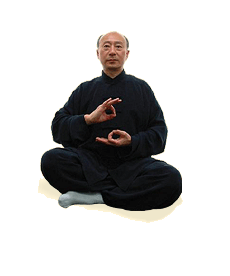Introduction of Chinese Qi-gong
Qi-gong is recongized as part of China's cultural heritage and one of its national treasures. Beginning in childhood the Chinese are taught self negligence causes illness, while living sensibly and taking good care of both body and mind are essential for well being. For that reason, millions of people in China practice qi-gong daily, which does not aim to burn off energy, but rather to generate, store and reinforce it.
There are a wide variety of qi-gong practices. Those qi-gong exercises which emphasize softness, relaxation, non-vigorous and quiet exercises, such as taichi, are called soft qi-gong. Hard qi-gong refers to exercises done in traditional martial arts, e.g. martial arts kung fu. It emphasizes powerful and vigorous movements and aims to reinforce and protect the body from blows and cuts. In China, qigong is generally put under two major categories: static qi-gong lays emphasis on motionless meditation; dynamic qi-gong involves constant movement of the limbs and body.
 Static qi-gong lays emphasis on motionless meditation. |
 Dynamic qi-gong involves constant movement of the limbs and body. |
(By courtesy of grand master Yuan Shao-liang)


